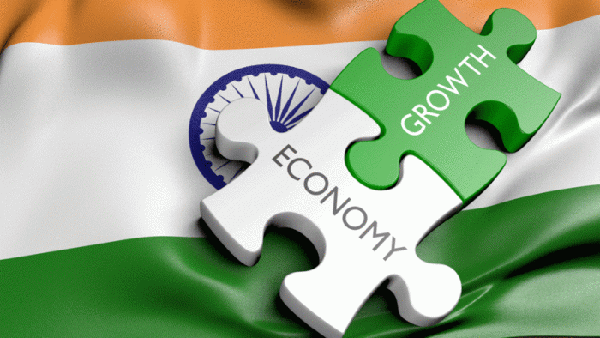Only 84 million (8.4 crore) Indians are poor as on 2017 down from 270 million in 2011, claims a new study.
It also states that poverty, as per the Tendulkar Poverty line, reduced from 14.9 per cent in 2011 to 7.0 per cent in 2017 — the fastest pace the country has seen yet. The findings, which are part of the joint paper titled Poverty, Inequality and Inclusive Growth in India: 2011/12-2017/18 by Surjit S Bhalla, Arvind Virmani and Karan Bhasin, were presented to the National Council for Applied Economic Research (NCAER).
The paper comes amid the controversial National Sample Survey Office’s (NSSO) junked consumption expenditure survey showing India’s real per capita consumption to have declined in 2017 from what it was in 2011, which also implies that poverty in 2017 may have actually shot up over 2011. While the NSSO data shows a 12 per cent decline in per capita consumption, the national accounts data in contrast shows an increase of 5.5 per cent.
The latest paper used multiple data sources including the junked NSSO survey, night-time lights data and others to eventually find that between 2011 and 2017, poverty reduction has been better than widely anticipated.
The authors also conclude that the record pace of poverty reduction was due to high growth rate and government measures such as MGNREGA, Direct Benefit Transfers, PM Kisan Yojana, LPG subsidy and others. They further provide three additional estimates based on the India Human Development Survey at 7.4 per cent and at 3.8 per cent for the year 2017 while the fourth estimate based on national accounts puts poverty in India in 2017 at 3.4 per cent.
“All these estimates reveal that poverty in India was in single digits as per the Tendulkar poverty line and that India experienced one of the fastest pace of poverty reduction between 2011-2017,” the authors noted adding that asset transfers in the form of houses, toilets etc. from 2014 has played a major role in reducing poverty.
The World Bank has classified India as a lower middle-income country – the corresponding poverty line would be PPP $3.2 (about Rs 200) (PPP stands for Purchasing power parity).
Even as per the World Bank poverty line, the poverty rate in India declined at the fastest pace ever – from 58 per cent in 2011-12 to 37 per cent in 2017-18.
As for inequality, the paper mentions how Real Consumption Inequality has stared broadly constant for the last forty years. However, the IHDS survey shows NCAER IHDS survey records a decline in inequality between 2011-12 and 2017-18 of 2.3 percentage – from 35.9 to 33.6. “This is an important finding that further substantiates the point of inclusive growth between 2011 and 17,” the authors noted.
Source: The New Indian Express
Image Courtesy: Deccan Herald
You may also like
-
Trade Connect E-platform For Exports Is Single Window, Fast, Accessible And Transformational: Shri Piyush Goyal
-
Dot Simplifies Approval Processes For Telecom Licenses And Wireless Equipment
-
Coal Production and Supply Trends on Positive Trajectory
-
Union Minister To Release Booklets On Promotion Of Indigenous Species & Conservation Of States Fishes
-
2nd India-Japan Finance Dialogue held in Tokyo on 6th September, 2024
